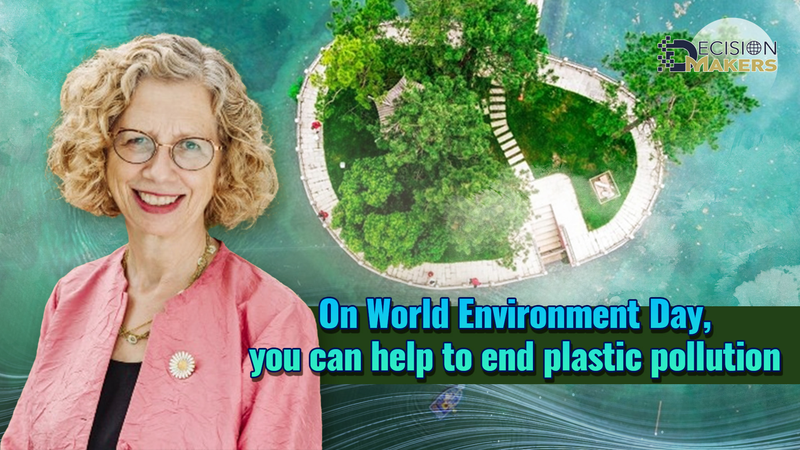When you rolled out of bed this morning, you probably didn’t think about the plastics under your cereal bowl—yet tiny fragments of that same material may already be inside your body. From arteries to the placenta, microplastics are finding their way into every corner of our anatomy, and the consequences are only beginning to surface.
Of course, plastic isn’t the enemy: it’s a versatile, low-cost hero of modern life, powering breakthroughs in healthcare and clean energy. The true issue lies in how we churn out single-use items and discard them without a second thought—an approach that floods our planet with pollution.
Consider this: every year, 11 million tons of plastic leak into waterways, and another 13 million tons seep into soils. This debris travels from the depths of the Mariana Trench to the peaks of Mount Everest, breaking into micro- and nanoparticles that we inhale or ingest through food and water.
Beyond the environmental toll, the financial hit could amount to a staggering $281 trillion by 2040. Tourism revenues tank as coastlines fill with debris. Rivers clog, sparking floods and impacting communities. Fishing economies reel in more bottles than fish.
This World Environment Day, the United Nations Environment Programme and the Republic of Korea are rallying the world to #BeatPlasticPollution. Here’s how to join the movement:
- Refuse single-use plastics: swap disposable bottles for refillable ones.
- Choose durable alternatives: opt for glass, metal, or natural fibers.
- Support cleanups and local policies: volunteer, donate, or back bans on plastic bags.
Every action counts. Share your pledge on social media, inspire friends across borders, and take a stand for planetary and human health. Together, we can turn the tide on plastic pollution.
Reference(s):
On World Environment Day, you can help to end plastic pollution
cgtn.com




